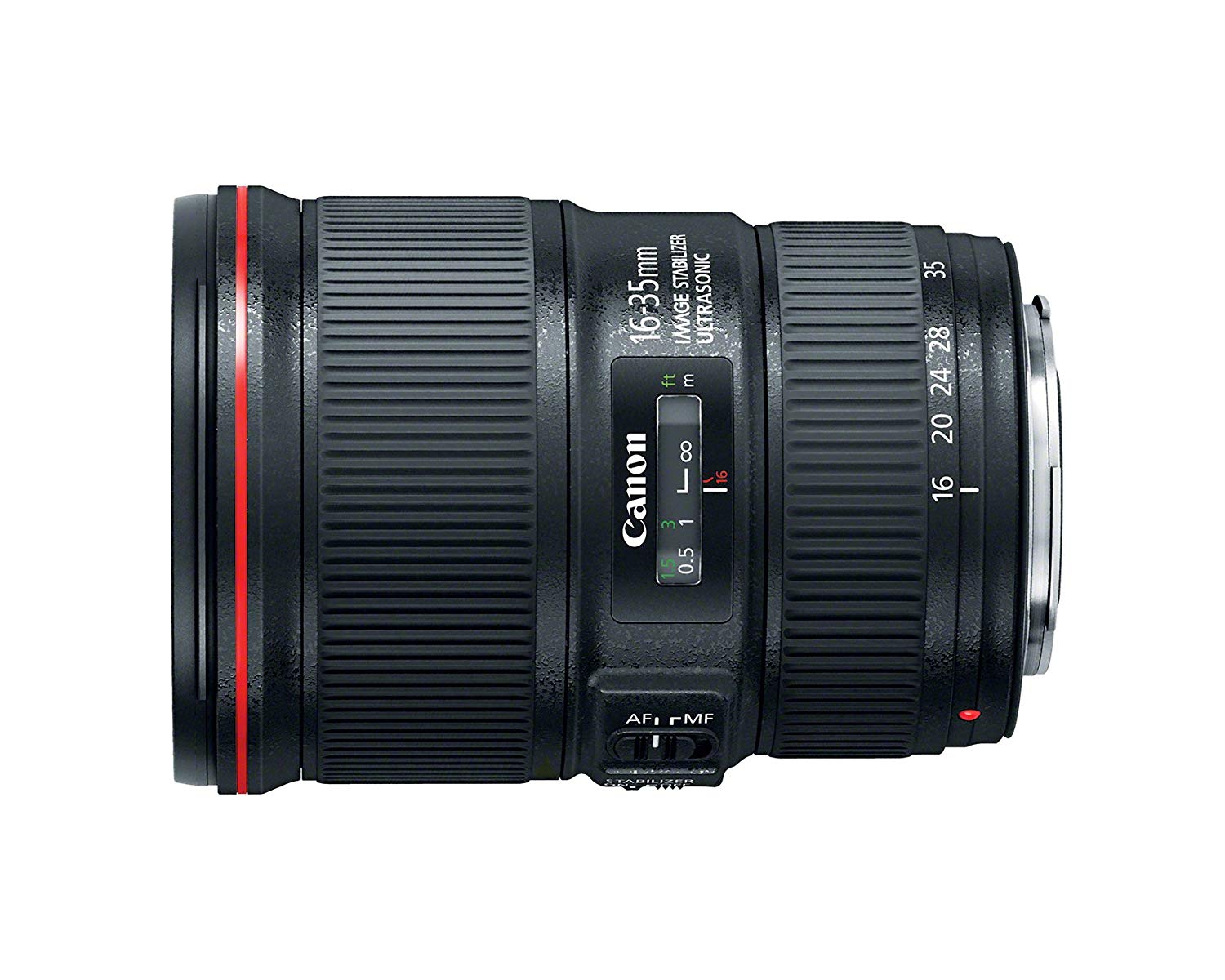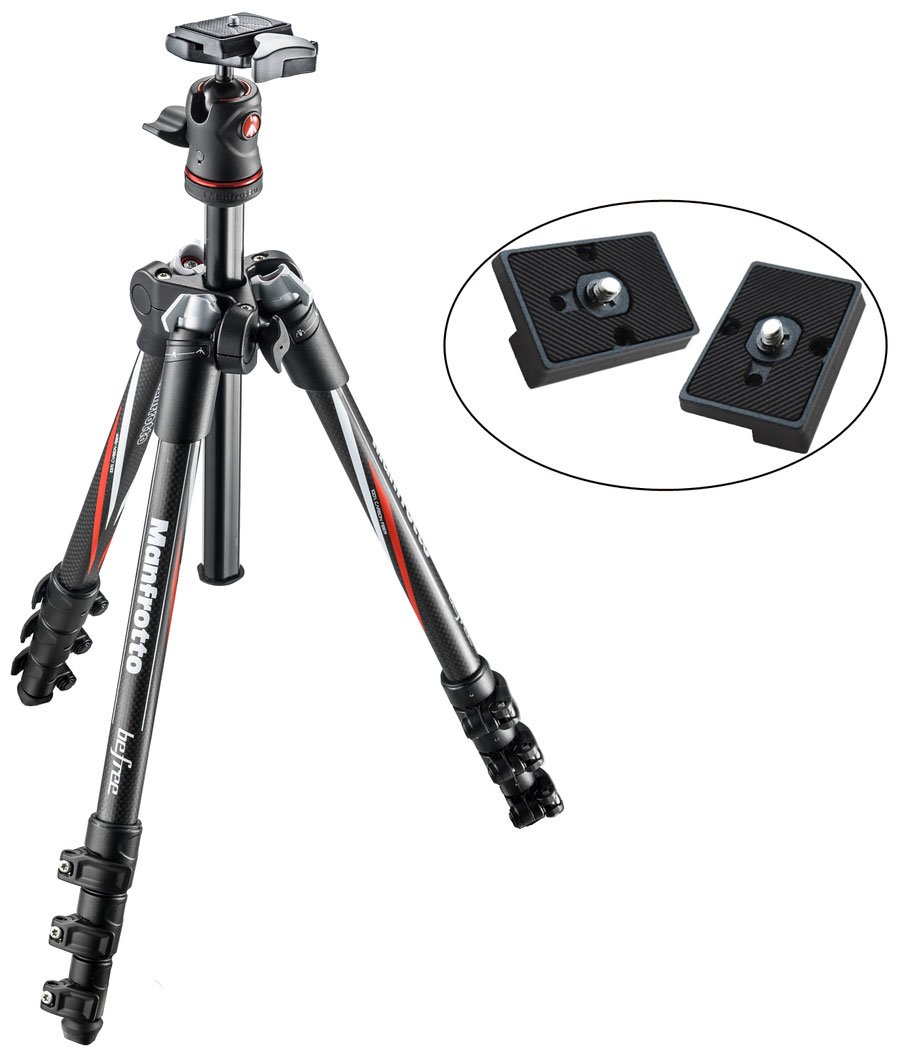With so much potential for perfect weather conditions, amazing sunrises and sunsets Jamaica is a great country for photographing grand vistas. Yet I would recommend thinking beyond those misty dawns and dramatic sunsets. Undoubtedly both are fantastic options, however there are images to be had at any time of day and in any location. Additionally, grand vistas do not mean you need to use a wide angle lens. The truth is, many classic vistas can benefit from a slightly different perspective using a telephoto lens.
Pick out areas where there is potential for bands of color. These can create striking images of the landscape. With so many different tree species, there are always patterns to be found in mixed woodland. Some trees may be bare, while some will have leaves displaying various hues, with evergreen trees in between. On top of that, you may find layers of color within the landscape with a combination of grazing fields, harvested fields and ridges covered in bracken and grasses. Of course the ambient light will also play its part, with patches of light and shade adding further contrast.
If you are visiting a hilly or mountainous area like Blue Mountains, and there's a forecast of some mist or an inversion, get to a high vantage point early in the morning. Mist is a wonderful element to warm tropical colors and introduces added depth to a scene. That being said, mist or no mist, being high up has many other compositional advantages, allowing you to zoom in on an isolated tree, patch of forest, a small community or even a local church. Again, look for contrast in color to counterbalance the warmer hues with cooler greens and blues.
But it’s not all about trees; hills, fields, marshes and plains can take on beautifully soft and gentle colors. Faded greens, golden hues, rich reds can all help when creating a picture in a seemingly unremarkable landscape. For such scenes soft light can work really well, but mixed weather conditions with partial cloud can also add interest and depth, with light and shade creating patterns on the landscape.
Coastal locations, may favorite are also very rewarding, with changeable and often stormy weather conditions giving rise to some powerful skies and dramatic seas. The play of light on the surface of the water can add depth to an image. If the sea is calm, try using it as a compositional anchor, and devote most of the frame to the sky. Always study your tide timetables and look for areas where there is a sandy beach or an estuary where both sand and water can reflect the light and color of dramatic skies.
In the above image, A misty sunrise, an elevated viewpoint, forests and mountains offer perfect ingredients for an great landscape picture.
Pro Tips: Consider using a very shallow depth of field to draw the viewers attention to foreground features, rendering the wider landscape put of focus, as demonstrated in the image here.











